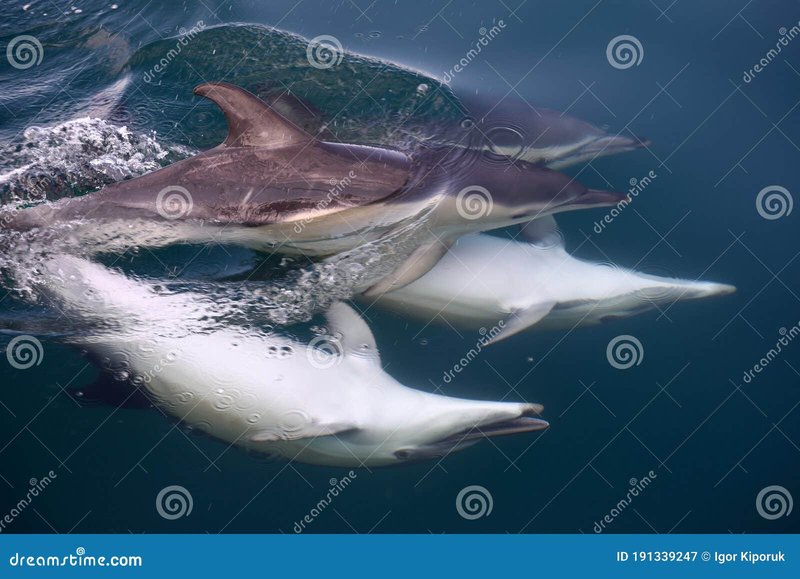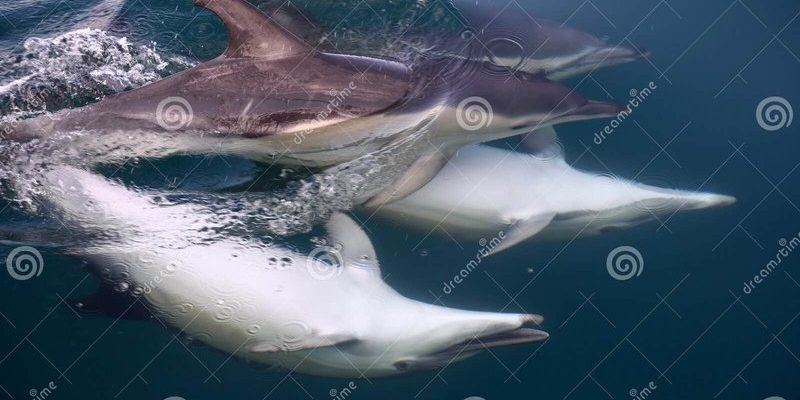
The Basics of Dolphin Reproduction
Dolphins reproduce sexually, and the process is quite involved. Female dolphins, called cows, usually reach sexual maturity between 5 to 12 years, depending on the species. Males, known as bulls, tend to mature a bit later, around 8 to 12 years. The gestation period for dolphins varies but generally lasts about 10 to 12 months. That’s almost a full year!
During this time, the mother provides everything the developing calf needs. The bond between them is incredibly strong, with mothers often being the primary caregivers. After giving birth, the calf can swim alongside its mother almost immediately, which is crucial for survival. In a way, you could think of the first few months as an intensive training course for the little dolphin, where it learns how to navigate the world with its mother close by.
Dolphin breeding doesn’t always happen on a schedule. Mating can occur year-round, but it’s typically influenced by environmental factors. Factors like water temperature and availability of food can make certain times more favorable for breeding. This adaptability shows just how resilient dolphins are as species.
The Mating Rituals of Dolphins
Dolphins aren’t shy when it comes to finding a mate. In fact, their courtship rituals are quite elaborate! Male dolphins often compete for the attention of females. They’ll perform acrobatic displays, vocalize, and even engage in playful behavior to impress potential mates. It’s like a talent show underwater!
During this time, males may form alliances with other males to help secure access to females. These social dynamics can be fascinating to watch. “Here’s the thing,” females are often choosy, favoring males who demonstrate strength and skill. This competitive nature ensures that only the fittest genes are passed on to the next generation.
Once a female is receptive, mating occurs, and it’s typically brief, lasting only a few seconds. Afterward, the pair may socialize or stay close for a short period. Interestingly, dolphins are known for having strong, social bonds, not only during mating but also when rearing their young.
The Birth of a Dolphin Calf
When a dolphin is ready to give birth, it usually seeks out a calm, safe area in the water. This can be a shallow region near shore, where there’s less risk of predators. The birthing process itself is quick, taking just a few minutes. During this time, a mother dolphin will surface to breathe, ensuring both she and her calf can get the oxygen they need.
Once the calf is born, it instinctively swims toward the surface for its first breath. It’s a truly breathtaking moment! Newborn calves are often around 3 to 4 feet long and weigh 30 to 50 pounds. They rely on their mother’s milk, which is rich in nutrients, for the first several months of life.
Mothers are incredibly dedicated, and the bond they form with their calves is essential for the calf’s survival. They teach them vital skills, including how to hunt and socialize with other dolphins. In a sense, the education doesn’t just stop after birth; it continues for years as young dolphins learn to navigate their world.
Parental Care and Social Structures
Dolphin parental care doesn’t end with just the mother. In many species, other dolphins within the pod help raise the young. This cooperative care can include babysitting, teaching, and even protecting the young from dangers. It’s a supportive environment where every member plays a role in the calf’s upbringing—a bit like having an extended family.
Social bonding is crucial, and calves often stay with their mothers for 3 to 6 years, depending on the species. This extended period allows them to learn essential survival skills and social behaviors. While mothers are primary caregivers, older siblings and other pod members can have a significant influence on the calf’s development.
This communal approach to parenting highlights how intelligent and social dolphins are. They rely on relationships and communication to thrive, making their social structure both unique and effective.
Challenges to Dolphin Reproduction
Despite their adaptability, dolphins face numerous challenges when it comes to breeding and reproduction. Habitat loss, pollution, and fishing practices can threaten their natural environments. These factors can lead to decreased food availability, which in turn affects the health of the mother and the calf.
Additionally, human interactions can have negative impacts. Boat traffic is a significant concern, as it can disrupt mating rituals and birthing. In areas where dolphins are heavily monitored, changes in their reproductive patterns have been observed. It’s a gentle reminder that we need to pay attention to their needs and habitats.
Conservation efforts are crucial to ensuring that dolphins continue to thrive. Organizations around the world are dedicated to protecting these creatures and their habitats. Supporting such efforts can make a real difference, allowing future generations to enjoy the beauty of dolphins in the wild.
The Importance of Dolphin Reproduction
Understanding dolphin reproduction is essential for conservation efforts and marine ecology. Dolphins play a vital role in their ecosystems, often helping to maintain the balance of ocean life. By learning about their breeding habits and social structures, we can better appreciate their significance and the need to protect them.
Moreover, monitoring dolphin populations helps scientists gauge the health of marine environments. When dolphin numbers decline, it often signals issues within the ecosystem, which can impact other species and the overall health of our oceans.
By educating ourselves and advocating for dolphins, we contribute to preserving these remarkable creatures for future generations. Ultimately, the reproduction of dolphins isn’t just about the species; it’s about maintaining the health of our oceans and the intricate web of life that exists within them.
In conclusion, dolphin breeding and reproduction are captivating topics that intertwine biology, social structure, and conservation. These intelligent animals not only enrich our planet’s oceans but also remind us of the importance of understanding and protecting the wildlife around us. So next time you see a dolphin, remember the incredible journey that brought it into the world!

